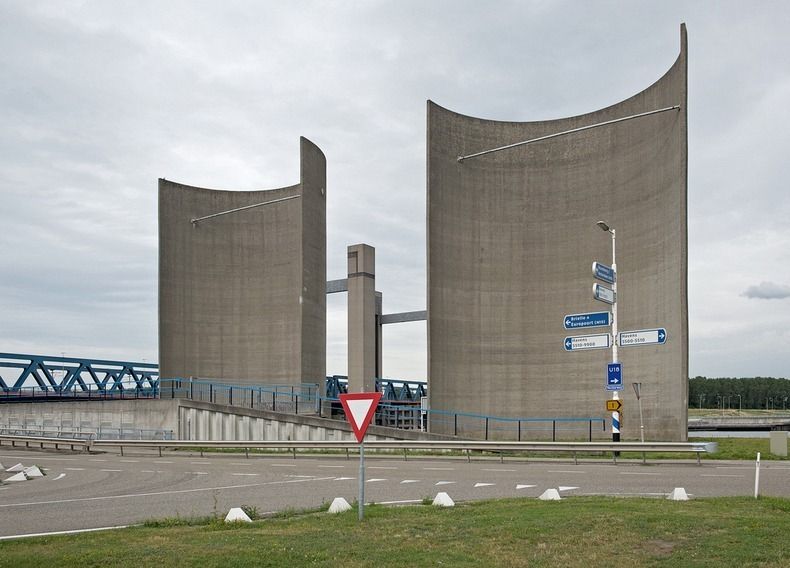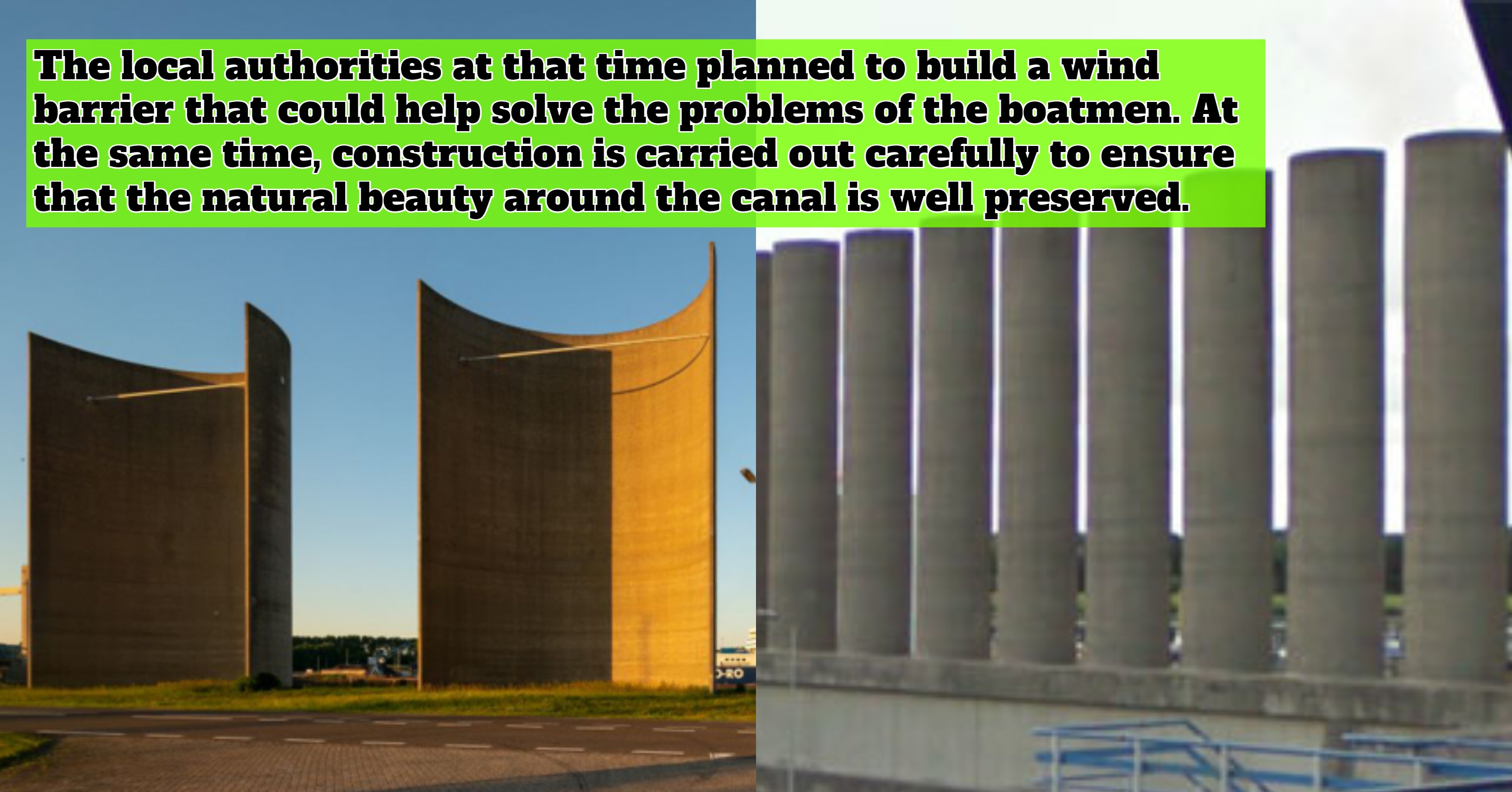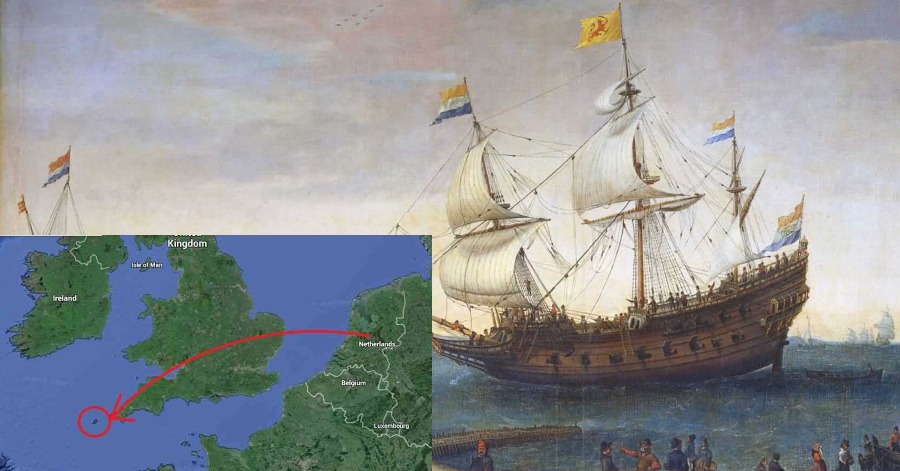The Port of Rotterdam in Rozenburg has been growing rapidly since the Second World War. Due to that, in 1960, Pieter Caland built a new canal parallelling the existing Nieuwe Waterveg. The main purpose of the canal is to overcome the increasing traffic problem. Its name is Canal of Caland, after the name of the civil engineer who once planned the construction of the Nieuwe Waterveg. It was an immense success!
Soon after the construction of the canal, large ships filled the area. The cargo ships are so large that strong winds threaten them from the sea that tries to change their course. It can cause them to stray into a narrow path and make them trapped. The local authorities started looking for a solution to solve the problem.
The local authorities at that time planned to build a wind barrier that could help solve the problems of the boatmen. At the same time, construction is carried out carefully to ensure that the natural beauty around the canal is well preserved.

The need and requirement for the Rozenburg Wind Wall
Architect Martin Strujis and artist Frans de Wit have collaborated to design an efficient and visible wind barrier. Their creations include 100 concrete slab designs with concave (hemisphere) shapes in the southern direction. Then, the concrete slabs were placed in a row for 1.75 kilometers at 2 meters high. The name of the invention is Rozenburg Wind Wall.
However, the concavity of the wind barrier is reduced by placing each wall closer to the other. It is due to the wind blowing in the bridge area, which is stronger and more turbulent. The shape is more like a typical square wall when the wind barrier is in the north direction.
The importance of the Rozenburg Wind Wall
Although the Canal of Caland is narrow, it is the most important navigation route for ships wishing to enter the port city of Brittaniehaven. Recently, the canal has become the main sea route for transporting vehicles and large boats.
The effect and advantages of the Rozenburg Wind Wall
The main role of the wind barrier is to block the wind by 75%. Although the number looks average, the effectiveness of 75% is what makes it easier for large cargo ships to pass through the Caland canal without difficulty. At the same time, the Rozenburg Wind Wall is also one of the city’s attractions.
Sources: Oddity Central, Marine Insight,Amusing Planet






